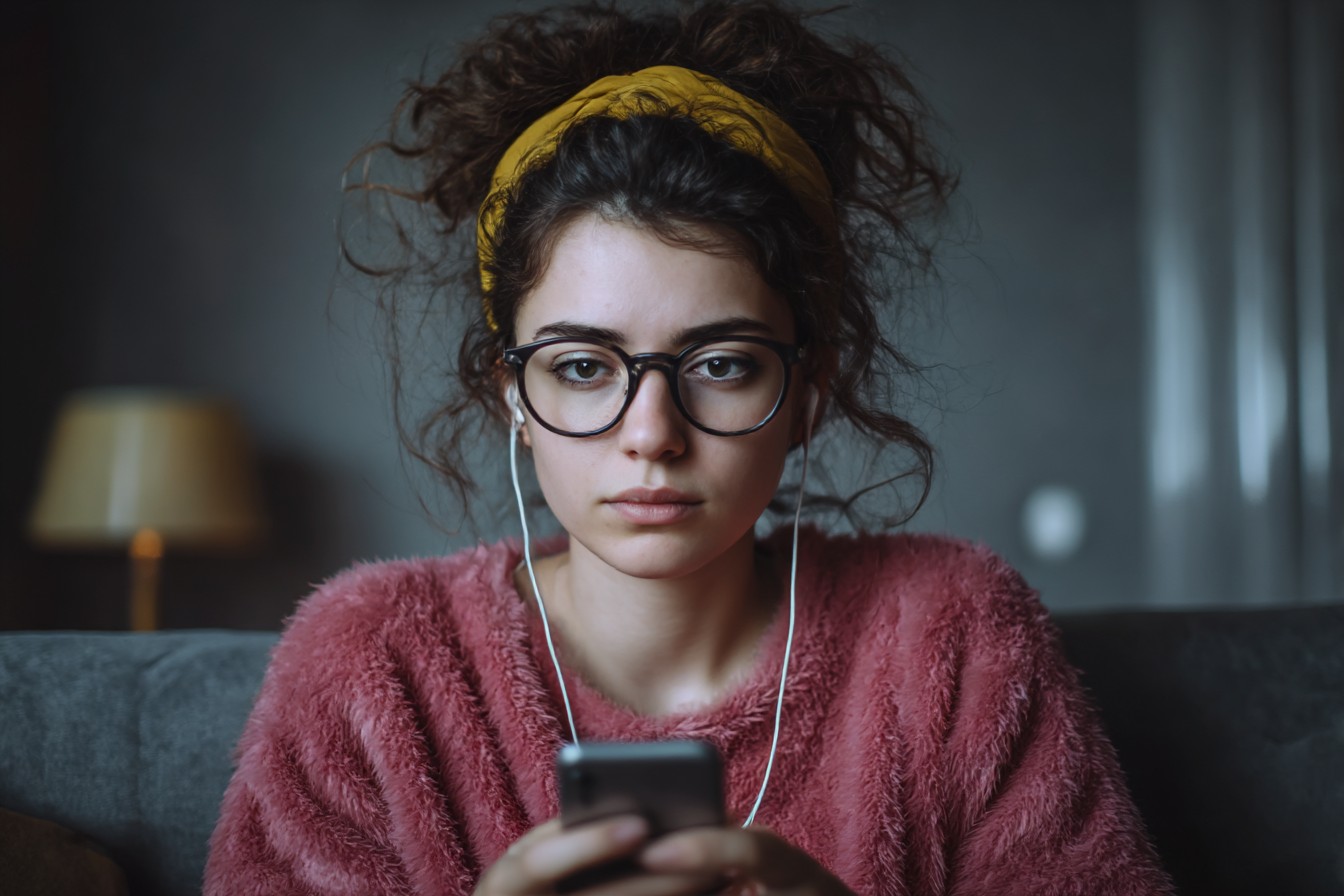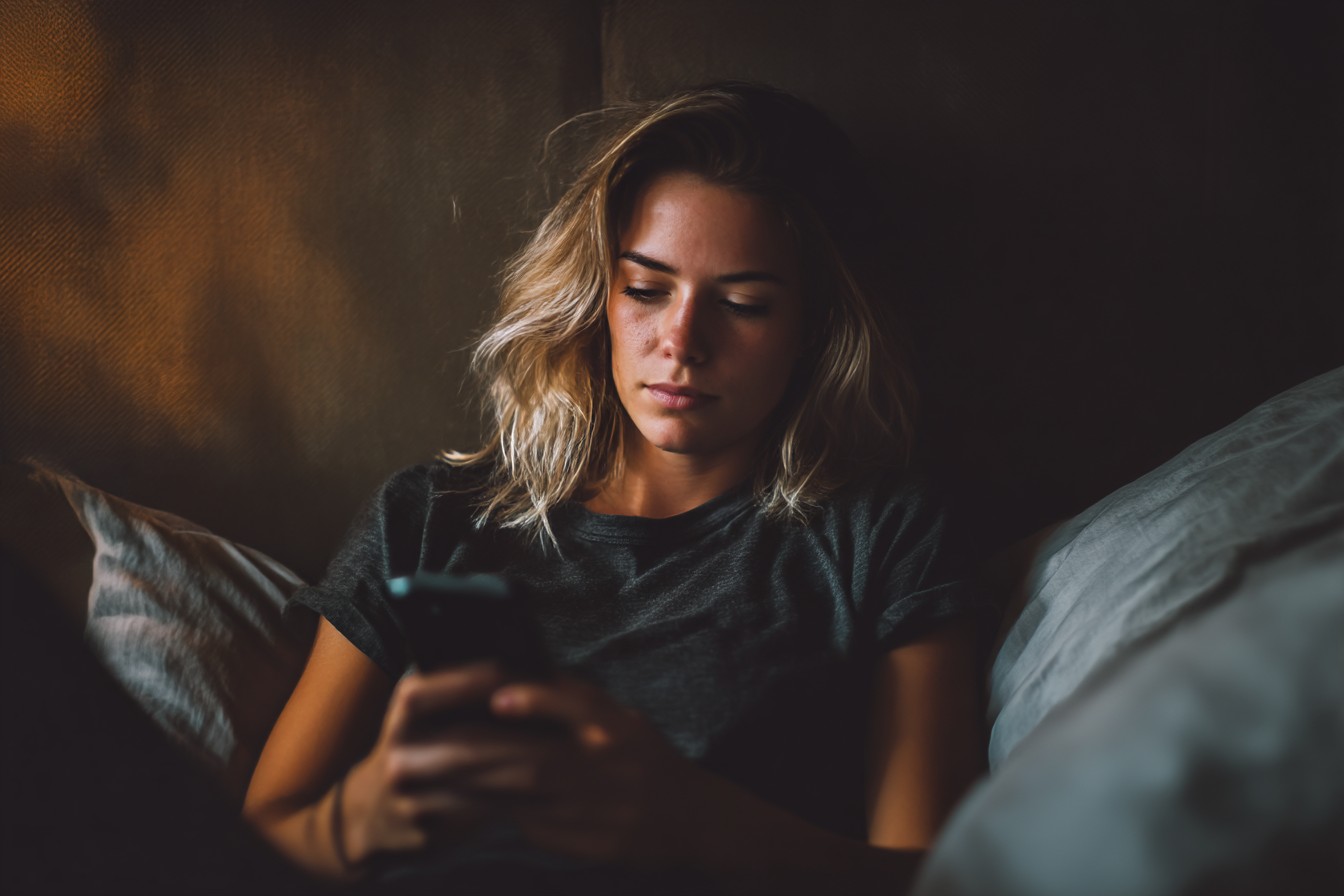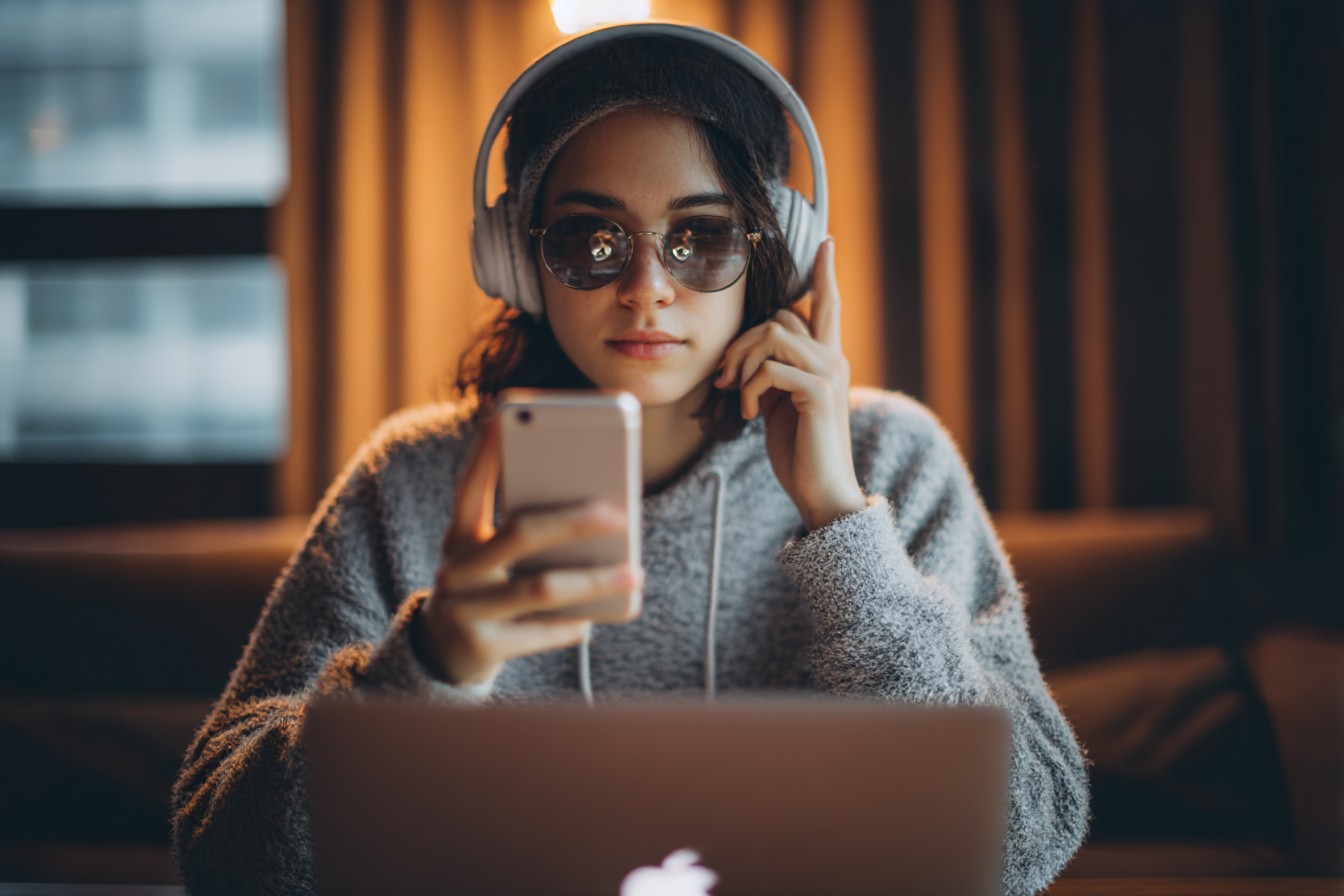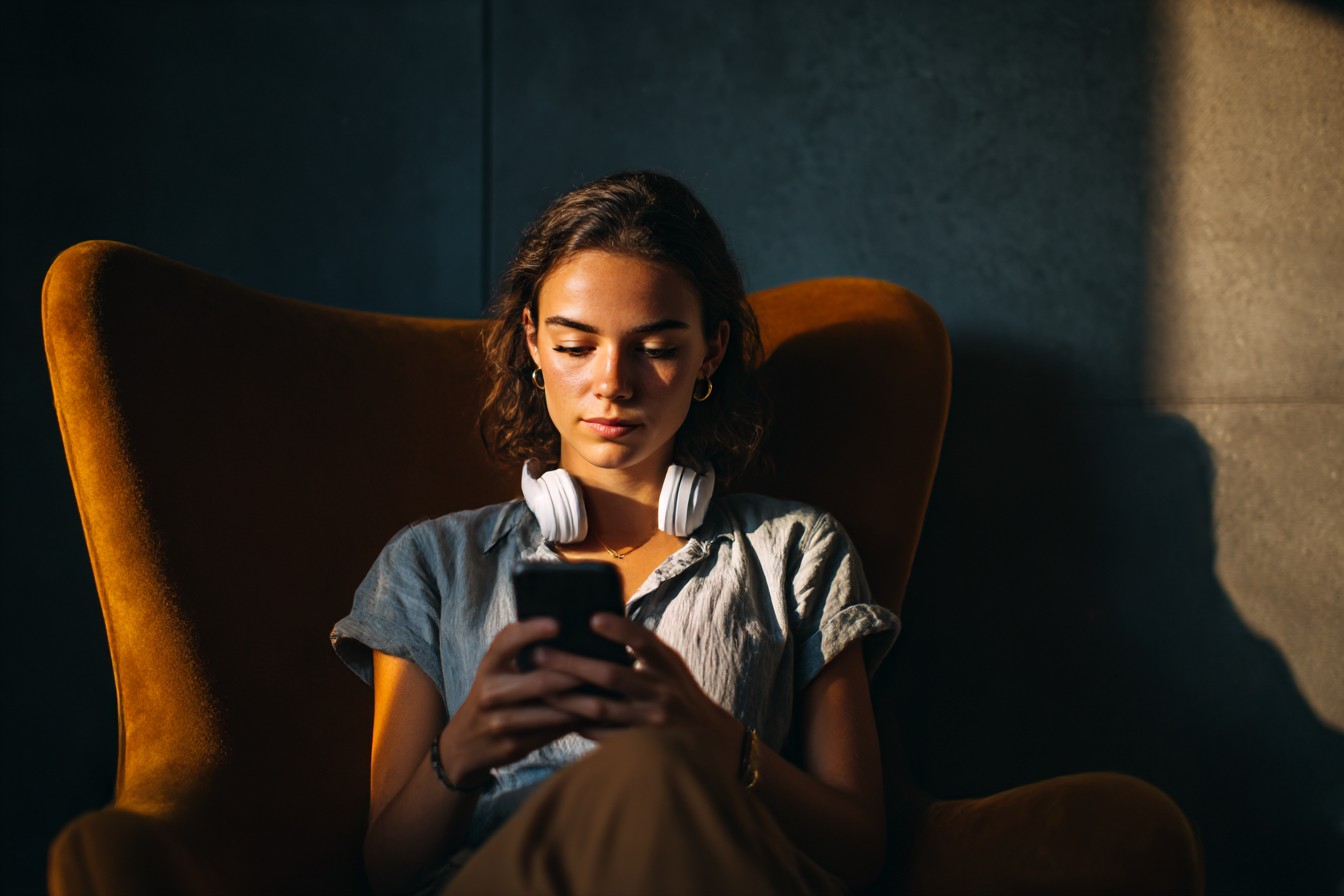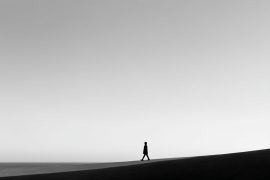I never thought I’d be the person preaching about digital detoxes. A few years ago, I would have laughed at the idea. Me? Step away from my precious devices? Not likely. My phone was practically an extension of my hand, my laptop a portable window into endless entertainment and social connection. I mean, who willingly disconnects these days?
Then came what I now call “The Week From Hell.” My boss needed three major projects completed, my sister was getting married (cue family drama), and my ancient boiler chose that exact moment to pack it in. I was running on four hours of sleep per night, fueled by terrible coffee and stress. And yet—and this is the bit that still makes me cringe—I somehow found time to spend an average of 5.4 hours daily on my phone. Not for work. Not for anything useful. Just mindlessly scrolling, jumping between apps, and watching random videos.
I discovered this horrifying statistic when my weekly screen time report popped up. It was a proper wake-up call. Nearly a quarter of my day—including precious sleeping hours—sacrificed to what? Watching strangers unbox products I couldn’t afford? Reading heated arguments between people who’d never meet? Comparing my exhausted, stressed-out life to carefully curated highlights of others?
That’s when I realized I didn’t have a technology problem; I had an attention problem. Or rather, my attention had been systematically fragmented by my tech habits until I couldn’t focus on anything properly. I’d become that person who checks their phone while watching TV because apparently one screen wasn’t stimulating enough. I’d gone to bed with a book only to find myself, an hour later, still scrolling through my phone with the unread book beside me.
Something had to change.
Look, I’m not some digital minimalist guru who’s going to tell you to throw your smartphone into the sea and move to a cabin in the woods. I need my technology. I work online. I maintain relationships through it. I learn and grow through access to information. But I needed to transform my relationship with these tools from one of compulsive consumption to intentional use.
So I developed what I rather grandly termed my “Digital Distraction Detox Protocol.” Fancy name for a simple idea: identify the specific tech habits that fragment my attention, then systematically eliminate or modify them. The keyword being “systematically”—because just saying “I’ll use my phone less” is about as effective as saying “I’ll eat better.” Without a concrete plan, we all know how that goes.
First step was a proper audit. For one week, I didn’t change anything about my tech use, but I tracked everything meticulously. I used an app called RescueTime on my laptop and the built-in screen time features on my phone. But I also kept a little notebook where I jotted down what I noticed about my habits. When did I reach for my phone? What emotional state triggered a social media binge? Which apps left me feeling better afterwards, and which left me feeling worse?
The results were… well, embarrassing, if I’m honest. I discovered I checked my phone within five minutes of waking up and usually didn’t put it down until I’d scrolled through at least two social media apps. I found that work stress triggered YouTube binges. I realized I opened Instagram whenever I felt even slightly bored or anxious—sometimes 20-30 times a day for just 30-60 seconds each time.
What struck me most was how fragmented my attention had become. I couldn’t even watch a 22-minute sitcom episode without checking my phone at least twice. I’d start reading articles only to abandon them halfway through for something new. My brain had developed a persistent background hum of impatience, always hunting for the next hit of novelty.
Armed with this information, I designed my protocol. It wasn’t about abandoning technology but reclaiming my attention from it. Here’s what I did:
I reorganized my phone home screen, keeping only tools (calculator, maps, etc.) and removing anything designed to capture my attention. Social media apps got buried in folders on the second page. Not deleted—I’m not a monster—but no longer in my line of sight every time I unlocked my phone.
I set specific “attention boundaries” around certain activities. Reading, creative work, and conversations with actual humans became phone-free zones. I bought a cheap alarm clock so my bedroom could be phone-free too. The first couple of nights were weird—I kept reaching for a phone that wasn’t there—but I started sleeping better almost immediately.
I turned off nearly all notifications. This was properly anxiety-inducing at first. What if I missed something important? But honestly, what constitutes “important” had gotten severely warped. Did I really need to know instantly when someone liked my photo? When a casual acquaintance tweeted? When an online store I’d visited once was having a sale?
The hardest part was establishing what I call “mono-tasking” periods in my day. These are blocks of 30-90 minutes where I do exactly one thing. Not checking email while on a call. Not having social media open while writing. Not watching TV while browsing online shops. Just. One. Thing. It sounds simple, but after years of constant task-switching, it felt almost physically painful at first.
Let me tell you about day three of this protocol. I was trying to write a report for work, mono-tasking style. About twenty minutes in, I felt this overwhelming urge to check Twitter. Not because I needed information from Twitter. Not because something might have happened in the world. Just because my brain was demanding its usual hit of novelty and stimulation. My fingers actually twitched. I felt antsy, restless. It was properly eye-opening to realize how much my concentration had been compromised.
But here’s the thing—I pushed through. And after about ten more minutes of discomfort, the feeling passed. I sank into a state of focus that I hadn’t experienced in years. I finished the report in half the time it would normally take, and it was better quality too.
This pattern repeated itself across different areas. The initial discomfort of disconnection, followed by rediscovering the pleasure of sustained attention. Reading a book and actually remembering it afterwards. Having a conversation without checking my phone. Watching a film and being properly immersed in the story rather than half-distracted.
Six weeks into my protocol, I had reduced my phone screen time by 68%. More importantly, the time I did spend on my devices was more intentional. I still used social media, but at specific times I’d designated rather than as a continuous background activity. I still watched YouTube, but channels that taught me something rather than just filling time.
The benefits went well beyond reclaiming lost hours. My sleep improved dramatically once I stopped the late-night scroll sessions. My anxiety levels dropped—turns out consuming a steady diet of outrage, carefully curated highlights of other people’s lives, and global catastrophes isn’t great for mental health! Who knew?
My relationships improved too. Friends commented that I seemed more present, more engaged in conversations. One mate actually said, “It’s nice to have you back,” which was both lovely and slightly mortifying. Had I really been that absent while physically present?
Work productivity shot up, but not in the “hustle culture” way of just doing more stuff. Instead, I found myself doing better work because I could sustain focus long enough to reach a flow state. Ideas connected in ways they hadn’t when my thinking was constantly interrupted.
I’m not perfect at this, mind you. I still have days where I fall back into old patterns. A particularly stressful week might see me retreating into mindless scrolling again. The difference is I now recognize what’s happening and have tools to reset.
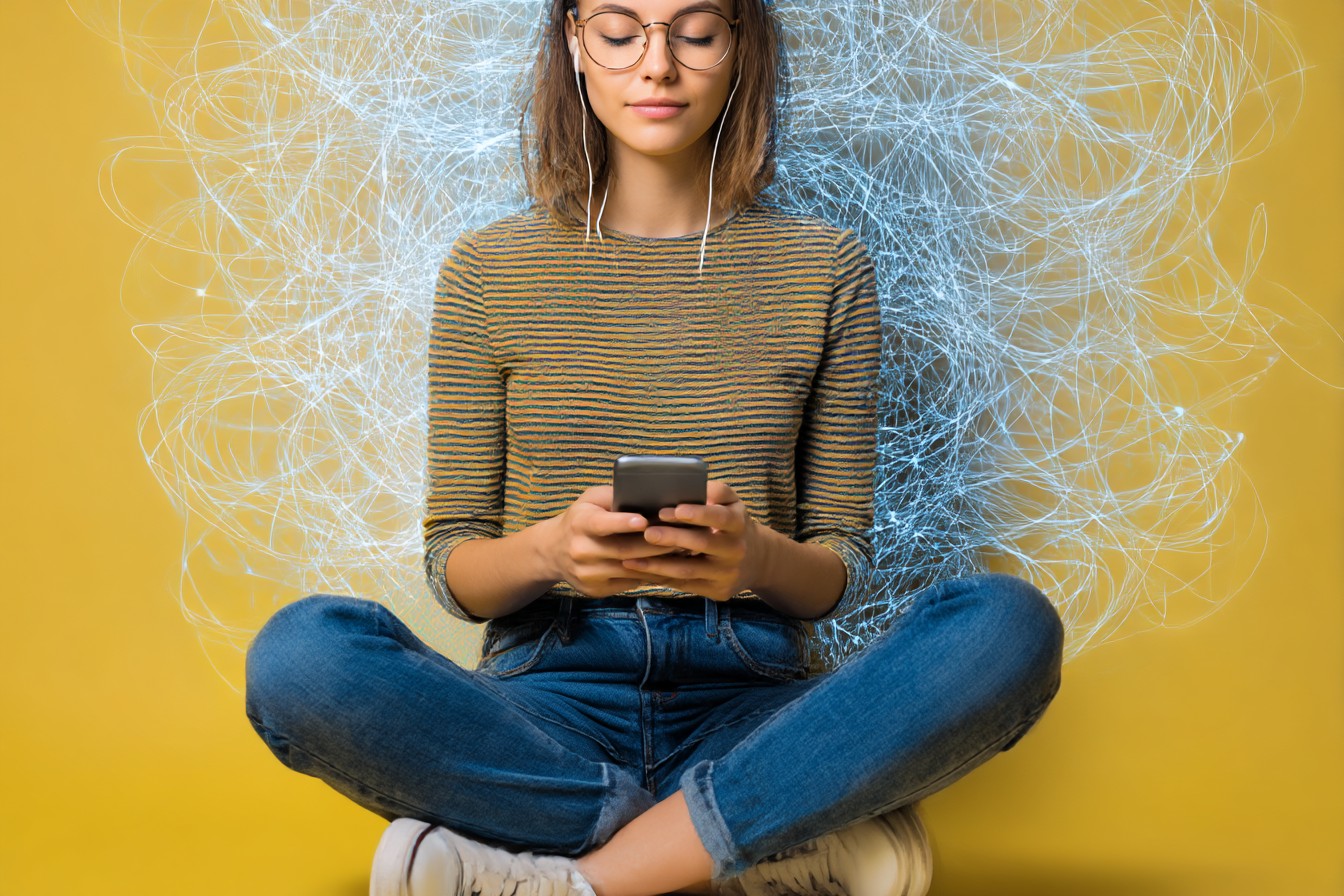
And look, I’m not suggesting everyone needs exactly the same boundaries I created. Your digital distraction detox protocol might look completely different. Maybe you’re fine with social media but get lost in news sites. Maybe games are your attention fragmentation culprit. The point isn’t to follow some prescribed digital diet but to consciously decide how you want technology to fit into your life rather than letting it hijack your attention by default.
The hardest truth I’ve had to accept is that many of the digital tools we use daily are specifically designed to fragment our attention. It’s literally their business model—the more frequently they can interrupt our thoughts and redirect us to their platforms, the more advertising they can serve, the more data they can collect, the more money they make. They employ armies of engineers and psychologists to make their products as addictive as possible. We’re up against professionals here, which is why vague intentions to “use my phone less” rarely work.
What works is getting specific. Identifying exactly which digital habits are problematic for you personally. Creating concrete environmental changes that make those habits harder to continue. Establishing clear boundaries around technology use. And perhaps most importantly, rediscovering the deep satisfaction that comes from giving your complete attention to one thing—whether that’s work, a conversation, a book, or just the world around you.
I still use technology every day. I’m not living in some digital-free utopia. But now I use it deliberately rather than compulsively. My devices have returned to being tools that serve me rather than the other way around. And in reclaiming my attention from the fractured, fragmented state it had been in, I’ve rediscovered what it means to be fully present in my own life.
